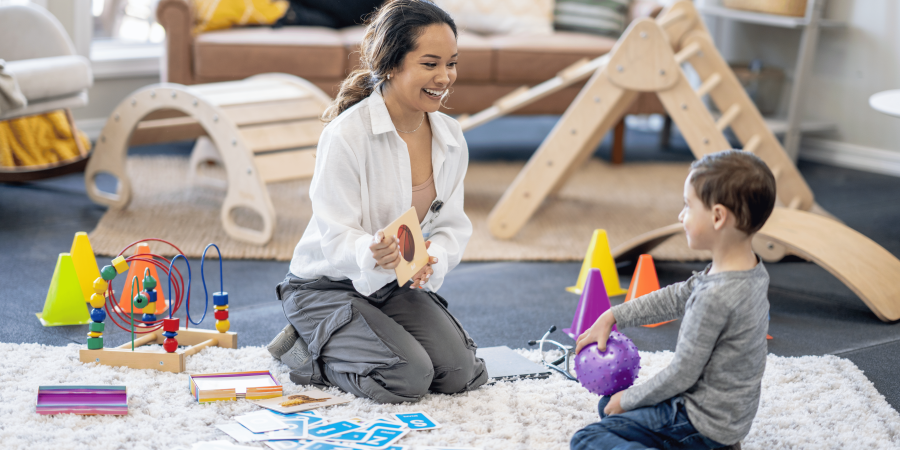
Occupational Therapy Services at Lighthouse Primary School
Author: Angelica Rose, full-time Occupational Therapist at Lighthouse
The role of an occupational therapist in a school setting is to assist and guide children of all ages and abilities to be successful at school.
Before introducing you to Occupational therapy at Lighthouse, let me introduce myself a little for those who don’t know me: After 4 years of study, I graduated as an Occupational Therapist with honours from the University of Mauritius in 2018. During my studies, I worked as an auxiliary for an ADHD patient. I was an occupational therapist at a Special Education Needs School for four years, working with children with Cerebral Palsy, Downs Syndrome, ADHD, and Autism Spectrum Disorder and other health conditions.
I’ve always gravitated towards paediatrics as I love being with children, playing with them, being a part of their growth and development, and witnessing their progress and victories everyday!
What is an Occupational Therapy Practitioner?
Occupational Therapy Practitioners are trained healthcare professionals who evaluate and assist children who are having difficulty participating in meaningful activities or “occupations” that are needed to conduct their daily routines and live their lives to the fullest. For a child, this may include the development of life skills such as learning at school, playing, completing self-care tasks and relating to others.
What is the process?

Why would a student be referred to an OT?
- Fine Motor Difficulties: Holding crayons, pencils and other small objects, stringing beads, using clothing fasteners, manipulating toys
- Eye-hand coordination difficulties: Scissor use, puzzles, ball skills
- Visual Motor Delay: Printing, drawing, forming shapes, colouring
- Sensory Processing Difficulties: Delays in adaptive responses to sights, sounds, movements, taste and touch
- Social difficulties: Interacting with others, following routines
- Executive functioning: Organisation, planning, time management, task initiation and working memory
Service Models
- Collaborate with staff on strategies and/or techniques to be implemented with the student
- Apply recommended strategies and/or adaptations into the student’s day.
- Modify and adapt environment, equipment and learning materials.
- Push-in interventions (that is, OT intervention is done in the classroom)
- Often includes a face-to-face interaction between the therapist and the student.
Helpful OT Tips
(i) Establish routines: Consistent routines can provide structure and predictability, which can help children feel more organised and secure.
(ii) Promote movement: Movement breaks help children stay alert and engaged. Encourage activities such as stretching, jumping jacks or a quick walk around the house or the yard.
(iii) Provide sensory opportunities: Sensory activities such as playing with playdough, squeezing stress balls, or using textured materials for crafts, can help regulate alertness and promote attention and focus.
‘Tell me and I forget, teach me and I remember, involve me and I learn!’